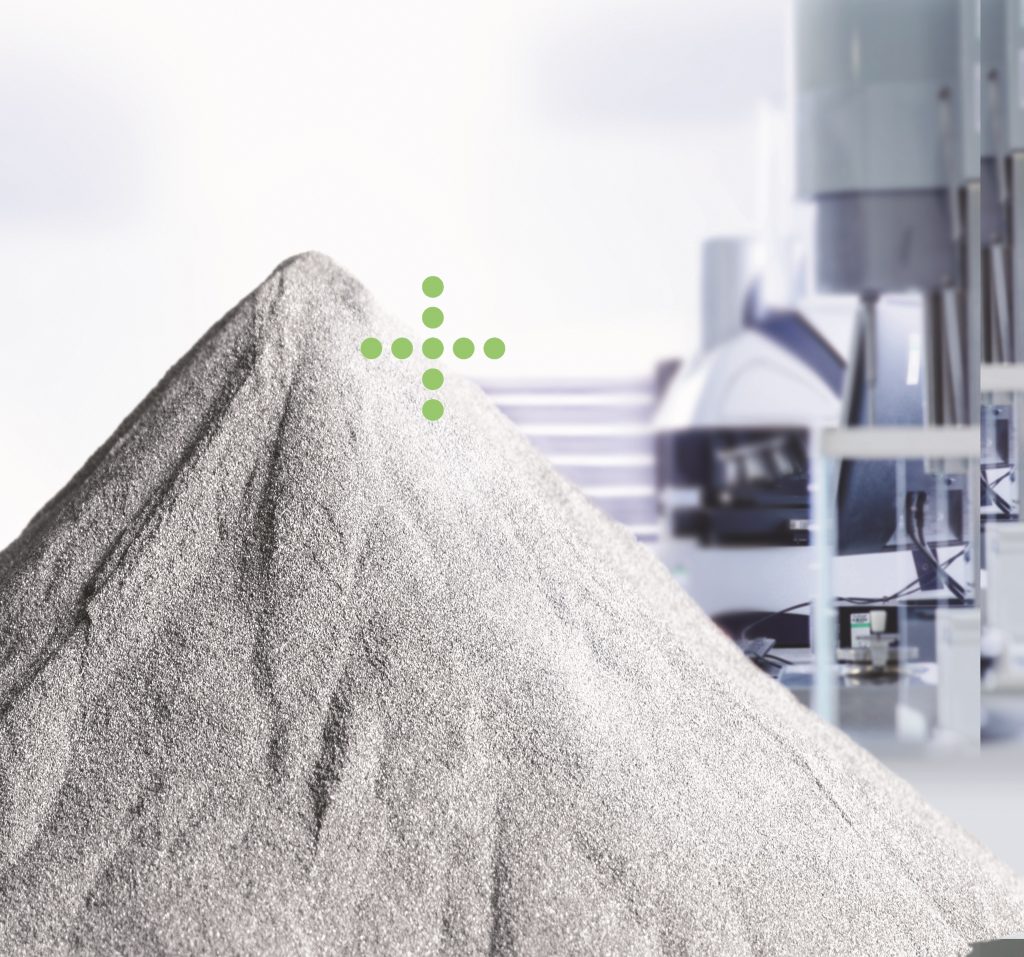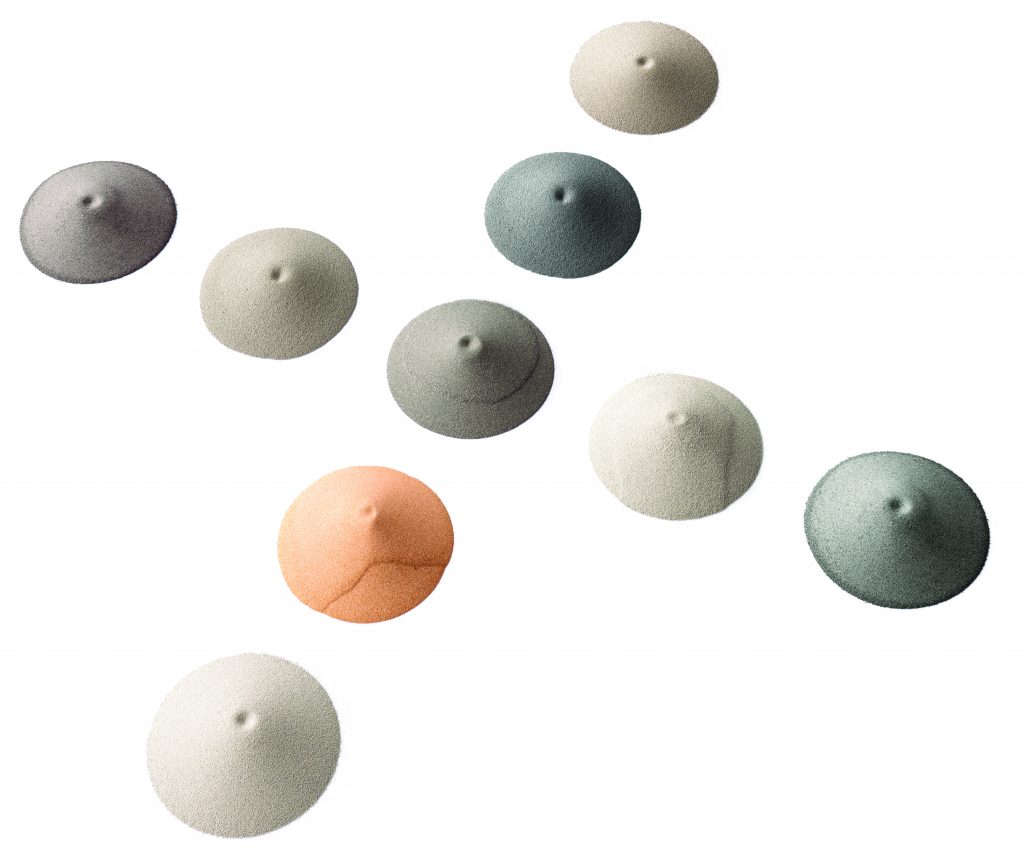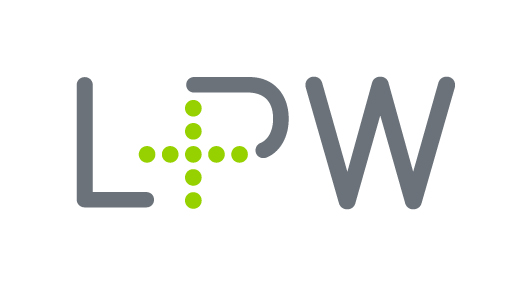3D Printing Industry is taking an in depth look at how additive manufacturing is moving to production. Over the coming weeks the results of interviews with industry leading practitioners will be published.
This article is part of a series examining Trends in Additive Manufacturing for End-Use Production.
Ben Ferrar is Chief Operating Officer at LPW Technology Ltd. As suppliers of well defined powders and services to support production customers and research partners, LPW is dedicated to making Additive Manufacturing a reality in critical production environments.
3D Printing Industry: What is your percentage estimate of how much your materials are used for AM production versus other applications?
Ben Ferrar: LPW’s comprehensive range of metal powders is fully characterised and optimised exclusively for AM – we don’t manufacture for any other sector – which is one of the reasons why our powders are used in over 50% of the AM machines installed worldwide.
The difficulty with the question is, how do we define ‘production’? If you were to consider both full production – tens of machines producing thousands of parts for a period of years, and serial production – several machines producing the same part (or customised designs of the same application) for months, together, then that would account for circa 50% of our powder sales. The other 50% is used for prototyping, in bureaus, universities, and Research and Development facilities.
It’s the combination of all of these approaches that will lead to the level of understanding of AM that will eventually see it regarded simply as a reliable production method, no longer a novel disruptive technology.

BF: We estimate that 1,000 of the 3,000 AM machines worldwide could be considered in production, using the definitions above, rather than prototyping.
3DPI: Which industries are leading in the use of AM for production?
BF: Several sectors are already in the vanguard of technical development and serial production for AM. AM is application-driven, the key to capitalising on the benefits it can offer is identifying the designs and components where it adds value. For example, in aerospace, IGT and energy, this is light-weighting, creating complex internal channels, and consolidating components; in medical applications, it’s integrating porous geometrics and introducing customisation. As these industries demonstrate the advantages of utilising AM, so others such as automotive are following.
GE, among others, is certainly helping to drive the adoption of AM technologies by publicising its commitment to the sector, and by bringing investment into the supply chain.

BF: In manufacturing, cost is always an important consideration. We are finding that at this point, many of the companies moving towards production are less concerned about the cost of implementation than they are about the cost of getting it wrong. Managing the risk associated with introducing a disruptive technology into production cycles is one of the biggest barriers to overcome.
Powder degradation, contamination, and management of the powder throughout its lifecycle, are all areas where producers can lack confidence. Here at LPW we view AM from the perspective of the powder – using high-quality metal feedstock will give the best possible chance of achieving the required mechanical properties in the final built part. The most important metric is not necessarily powder cost per kg but overall cost per part. If you get a longer life from a better powder, often the part cost is less.
We believe that supporting manufacturers by giving them the tools to control their feedstock will improve repeatability and accelerate the adoption of AM. To do this, we’ve developed end to end solutions with PowderLife, a suite of software and hardware that will transport, store, monitor, quarantine, track and trace powders. In this way, we’re reducing risk and adding confidence in the production process.
3DPI: Are there any notable trends in AM for end use production?
BF: Industries are choosing to manufacture low volume, high-value components to learn about the technology, which makes sense. However, the validation and sustainability of the mechanical properties of high volume components for critical applications will be the tipping point for wide-scale uptake of AM technologies.
3DPI: Can you name any specific case studies where AM is used for end use production?
BF: Many of our customers ask us not to share their details, or even their industry specifics. However, we can say production ranges from IGT repair and aerospace hydraulic applications to medical devices and guides.

BF: New AM alloys will open up many new opportunities for AM, but they are still some way off being used widely. One of the key factors is timescales: AM is being used NOW and must leverage alloys which were designed for other processing routes.
New alloys will unlock more of the potential of AM in the future, but each will be subjected to acceptance and validation for its particular application(s). In industries like aerospace, this might take many years. It’s a good time to be exploring these materials, but this should not divert efforts away from existing alloys where there is still interesting work to be done and improvements to be made.
At LPW we’re investing in the future of alloy development, and working hard to refine, update and tighten the specifications for existing materials to ensure they deliver the results and mechanical properties that manufacturers demand.
Nominations for the 2018 3D Printing Industry Awards are now open. Let us know who is leading the industry.
For more information about LPW Technology Ltd is available here.
This article is part of a series examining Trends in Additive Manufacturing for End-Use Production.
If you found this insight useful, then subscribe to our newsletter and follow us on social media.



